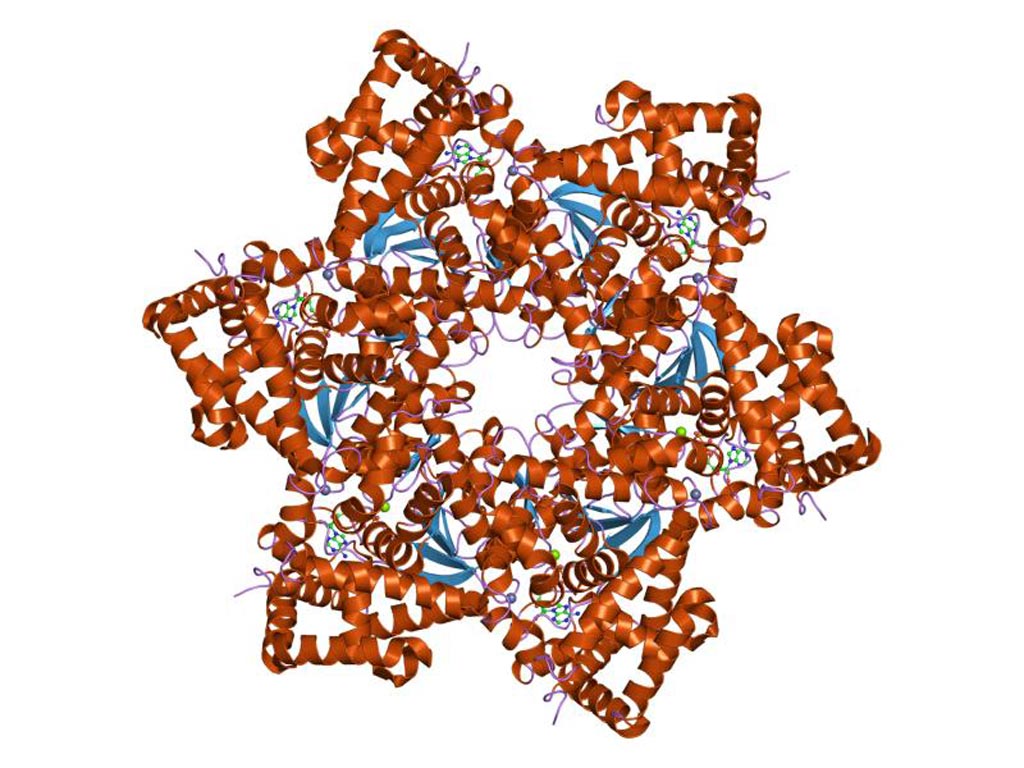Mutations Linked to Improved Survival of Patients with HPV+ Carcinoma
By LabMedica International staff writers
Posted on 11 Apr 2017
Cancer researchers analyzed head and neck squamous cell carcinoma (HNSCC) data from The Cancer Genome Atlas to identify molecular characteristics of human papillomavirus (HPV)+ HNSCC and correlated them with patient outcomes.Posted on 11 Apr 2017
The Cancer Genome Atlas is a project begun in 2005 that uses genome sequencing and bioinformatics to catalogue genetic mutations responsible for cancer. Investigators at the Yale Cancer Center analyzed HNSCC data from The Cancer Genome Atlas to identify molecular characteristics that correlated with outcomes and integration status of the HPV genome.

Image: A molecular model of human papillomavirus (HPV) (Photo courtesy of Wikimedia Commons).
The investigators reported that they had succeeded in identifying a subset of HPV-positive HNSCCs with mutations in the genes TRAF3 (tumor necrosis factor receptor-associated factor 3) and CYLD (cylindromatosis lysine 63 deubiquitinase). Defects in TRAF3 and CYLD correlated with the activation of transcriptional factor nuclear factor kappaB and episomal HPV status of tumors. The mutations in the TRAF3 and CYLD genes were associated with the absence of integrated HPV and improved patient survival.
“This is a seminal study for head and neck cancers that suggests a new method of tumor development for HPV that does not rely on integration of the HPV genome, but instead relies on mutations that allow the cell to carry the HPV viral genome,” said contributing author Dr. Wendell Yarbrough, MD, professor of surgery and pathology, Section Chief of Otolaryngology and Director of the Head & Neck Cancers Program at the Yale Cancer Center. “Having markers for tumors with improved survival will allow us to identify which patients may be treated with less aggressive therapy to avoid long-term side effects, and conversely, will identify patients that may need new or more aggressive therapy.”
The study was published in the March 13, 2017, online edition of the journal Cancer.













